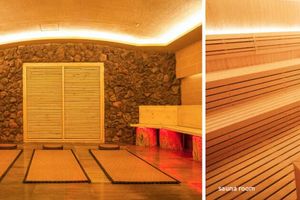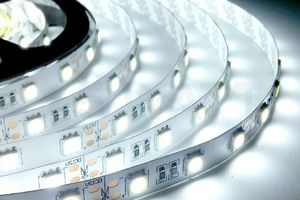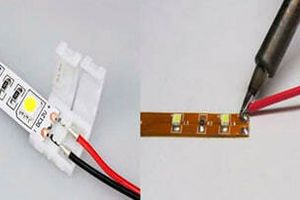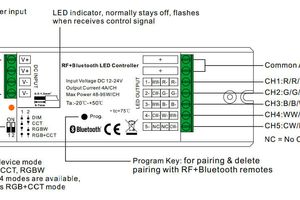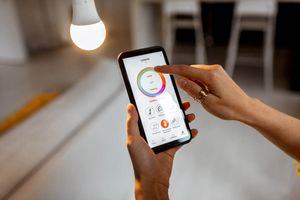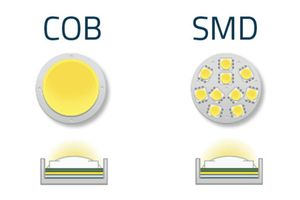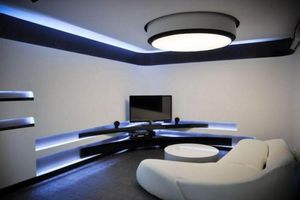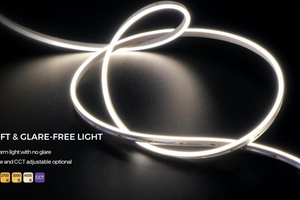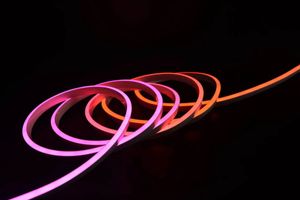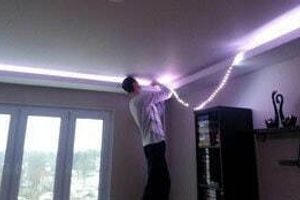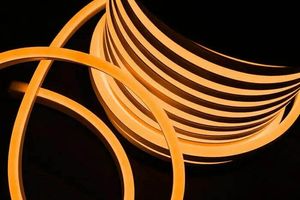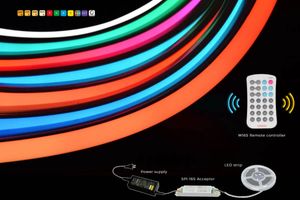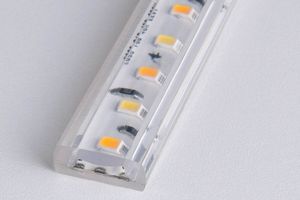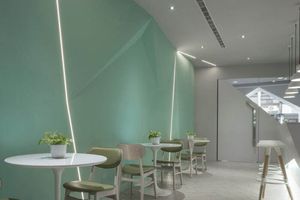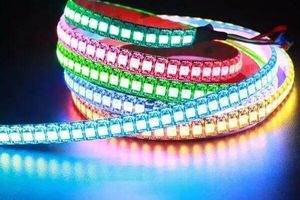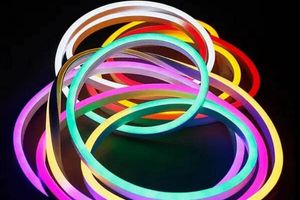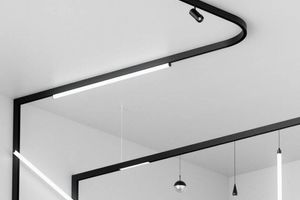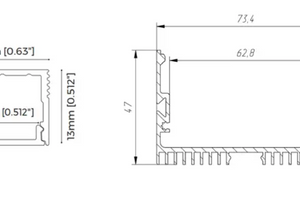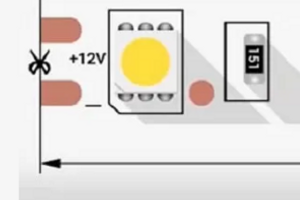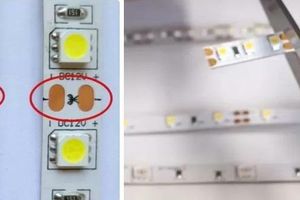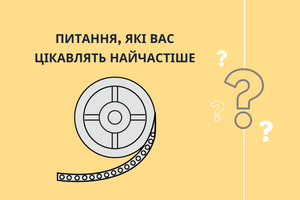The main advantages of the Bluetooth LED controller
Bluetooth LED controller has two main advantages. The first advantage is the ability to work without a network such as the Internet or Ethernet. Another advantage is the ability to synchronize lighting with music using mobile devices such as smartphones. The combination of these two advantages makes the Bluetooth LED controller unique.
When installing LED strips for cars, limousines, motorhomes, yachts, boats, motorcycles, etc., the Bluetooth LED controller is the best choice if you want to create a casual entertainment atmosphere by synchronizing the lights with the music, as you would like to play music on your smartphone. when you move There is no network in the vehicles, so the WiFi LED controllers do not work.
The Bluetooth LED controller is also an excellent choice for outdoor lighting, weddings, events, etc., where there is no network, but there is a need to synchronize the lighting with the music.
Bluetooth LED controller for LED strips
The Bluetooth LED controller is an excellent choice for LED strip applications where there is no network. Bluetooth technology makes it very convenient to connect a mobile device to a Bluetooth controller, so it is widely used to control lighting at a short
distance. As the Bluetooth technology is still developing, the Bluetooth LED controller has more powerful functions. A bright future still lies ahead for the use of a Bluetooth controller in LED strip projects. There are different types of Bluetooth controllers. Below, we will look at their differences so that users have a better understanding when choosing Bluetooth LED controllers for their LED strip projects.
Differences between Bluetooth LED controllers for 12V and 24V LED strips
1. The input voltage of the Bluetooth LED controller is 12V-24V. The same controller can be used for 12V or 24V LED strips.
2. Most vehicles such as cars, RVs, yachts, etc. have a 12V power system. Therefore, the voltage on the Bluetooth LED controller is 12V. It reminds users to choose 12V LED strips for cars, RVs and yachts. It should be borne in mind that the alternator temporarily charges the battery to 13V or 14V when the engine is started, so it is better to have protection in front of the Bluetooth controller to regulate the voltage change.
3. It is important to pay attention to the 12V or 24V output voltage of the Bluetooth LED controller. The controller is located between the LED strip and the power source. It has no transformer function, so the input voltage of the Bluetooth LED controller is its output voltage. If the power supply of the Bluetooth controller is 24V, then the voltage of the LED strip connected to the controller must also be 24V. If a 12V LED strip is connected, it may be damaged by the 24V voltage being too high.
Differences between RGB and RGBW Bluetooth LED controllers
The difference between RGB and RGBW Bluetooth LED controllers is that the RGBW controller has one more color channel than the RGB controller. Their ability to control LED strips varies. The RGB Bluetooth controller can be used to control RGB LED strips, but cannot be used to control RGBW strips. The RGBW Bluetooth controller is different in that it can control both RGBW and RGB LED strips. Another difference between RGB and RGBW Bluetooth LED controllers is that RGBW controllers usually have more power than RGB controllers.
Comparison of Bluetooth LED controller and WiFi LED controller
The difference between a Bluetooth LED controller and a WiFi LED controller is that a WiFi controller requires a network such as the Internet or an Ethernet LAN. To control the LED strips, the mobile device and the WiFi LED controller communicate by connecting to the same network. The Bluetooth LED controller does not need such a network. Bluetooth devices can connect to each other directly.
Both Bluetooth LED controller and WiFi controller can work as a music controller. The music controller plays music stored on your smartphone or other mobile devices and synchronizes the music with changing lighting, creating a relaxing and fun atmosphere.
Differences between Bluetooth LED controller and RF LED controller
The difference between the Bluetooth LED controller and the RF controller is that the Bluetooth controller can act as a music controller to play music and synchronize it with the LED lighting. This function is not available for RF controllers. In other words, if you do not need to play music or synchronize lighting with music, the RF controller can fully meet the requirements for controlling RGB LED strips where there is no network. Another difference is that RF controllers usually have a longer control distance than a Bluetooth LED controller.
Magic Light Bluetooth LED controller
By talking about Bluetooth LED controller software, we help users learn how to use the controller. The optional application is Magic Light application, so the controller is also called Magic Light LED controller.
1. Millions of colors to choose from. At the same time, the warm white light can be adjusted to meet the lighting needs of the scene.
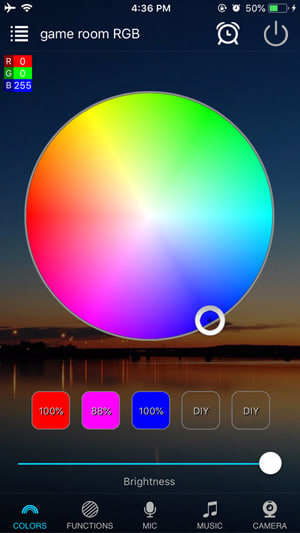
2. Various color change modes are saved. You can also create color changing modes yourself, create your favorite mode and save it for quick recall.

3. Synchronization function with music. Our music is usually stored on mobile devices such as smartphones. In places where there is no network, playing music from a smartphone and synchronizing the lighting change with the rhythm of the music is an important advantage of the Bluetooth LED controller.
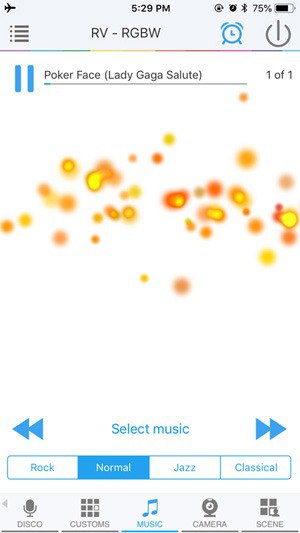
4. Sound synchronization function. The Bluetooth LED controller is an ideal choice for synchronizing sound and lighting at outdoor events. For example, at a wonderful garden wedding, the host can synchronize the sound and lighting via a Bluetooth controller to create a fun atmosphere.
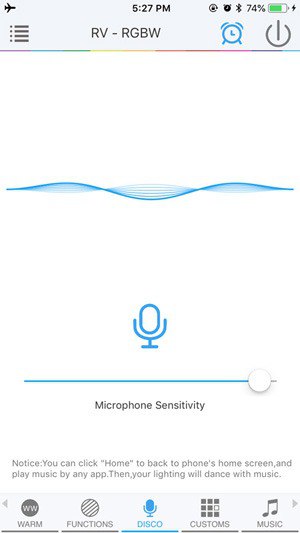
5. Scene setting function. Adjust the lighting scene to your image, whether it's a beautiful sunset or a colorful garden.
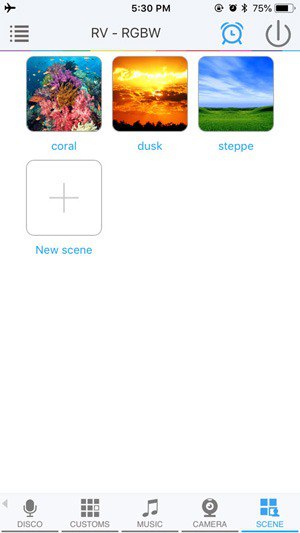
6. Lighting control according to the schedule. Set the lights to turn on at a pre-set time. You can create a color or a color changing mode for the light and it will automatically switch to the specified mode when it turns on automatically at a preset time.

7. Multi-zone Bluetooth controller. You can freely create zones (also called groups) and assign controllers to each zone. Several controllers can be controlled in one zone, or each zone can be independent. Save your zone combination and access it at any time.
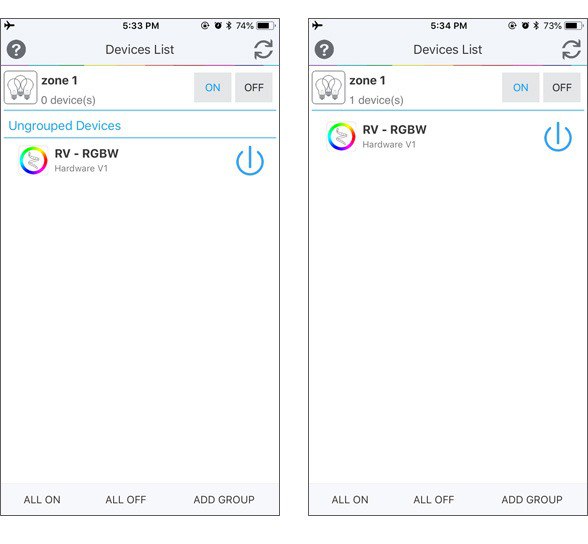
Bluetooth technology for the LED controller
Bluetooth is a wireless communication standard for exchanging data between two mobile and/or fixed devices over short distances. It was created in the late 1990s. Compared to the popular infrared technology of the time, Bluetooth has a higher data transfer rate and does not require an interface to interface like infrared.
The operating frequency range of Bluetooth technology is universal and suitable for unlimited use by users around the world. Bluetooth solves the national barriers of mobile phones. Bluetooth products are easy to use. One Bluetooth LED controller can search for another Bluetooth controller and quickly establish communication between the two controllers.
Bluetooth technology has been constantly improving since its inception as a low-speed, short-distance transmission technology, and now the speed and range of data transmission have grown significantly.
The Mesh network is an independently developed network technology. In a Mesh Bluetooth LED network, the controllers work as signal relay stations, so they can transmit data over very long physical distances. The Mesh network is compatible with newer versions of Bluetooth protocols.
Traditionally, Bluetooth LED controllers communicate by peering one device to another, creating a one-to-one or one-to-many micronetwork relationship.
In comparison, a Mesh network allows Bluetooth LED controllers to create many-to-many relationships. Each Bluetooth LED controller in the Mesh network can send and receive information. If at least one controller is connected to the gateway, information can be transmitted between devices, thus messages are transmitted over a distance greater than the normal distance of a wireless wave.
Thus, Mesh networks can be deployed in manufacturing plants, office buildings, shopping centers, business parks and many other spaces, providing more stable solutions for lighting control, industrial automatic devices, security cameras, smoke detectors and environmental sensors.
We have a wide selection of controllers for LED lighting in the Artled store. Visit our store to find the perfect controller for your lighting project. We offer a variety of management options that you may need.















